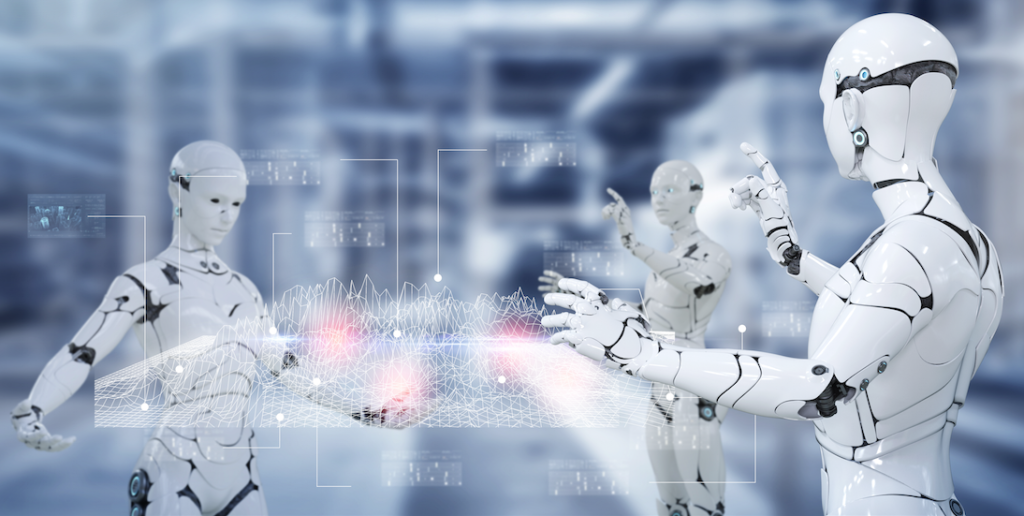
Dahl had a rich experience upon which to draw. Named after a Norwegian polar explorer (Amundsen), he spent five years working for Shell in Kenya and Tanganyika (now Tanzania), was a decorated fighter pilot in World War II and spent the last few years of that conflict supplying intelligence from the U.S. to British Prime Minister Winston Churchill.
On September 13 this year, we also celebrate the return of the world’s largest mining-focussed equipment and technology convention. After a one-year postponement, MINExpo International is being held at its usual Las Vegas venue on September 13-15. The event, which is sponsored by the Washington-based National Mining Association, is held every four years but was postponed last September because of covid-19.
MINExpo is the first large-scale mining trade show to take place in a world emerging from the pandemic. We are not yet back to normal, however, and the event is unlikely to attract the 44,000 delegates that attended in 2016. Many companies are reporting that they will be sending fewer staff, and the number of exhibitors is also down to some 1,100 companies, compared with the almost 1,900 exhibitors of five years ago.
Nevertheless, the numbers of companies and people attending the three-day event is encouraging, and gives the sector an opportunity to showcase a wide range of products and services for the exploration, mining and processing industries.
Exhibitors will be showcasing technology that is going to help the mining industry satisfy its critical role in the years ahead
MINExpo will kick off with a panel discussion on the trends, challenges and opportunities for mining. All three of these talking points are exemplified by the burgeoning demand for metals from new minerals-intensive technologies such as batteries and wind- and solar-generated power.
Exhibitors will be showcasing technology that is going to help the mining industry satisfy its critical role in the years ahead. Artificial intelligence (AI), in particular, is likely to play a large part in improving operating efficiency and safety while reducing environmental impact.
The increasing importance of AI has been emphasised by BHP’s recent deal with KoBold Metals. Founded in 2018, the Silicon Valley-based firm describes itself as “the first AI-powered mineral exploration company.” The principal investors in KoBold are Breakthrough Energy Ventures (a climate technology fund overseen by Bill Gates and Jeff Bezos), Andreessen Horowitz (the premier Silicon Valley venture capital fund) and Equinor (the Norwegian state oil company). All rather impressive, and now the world’s biggest miner is joining forces with the three-year-old KoBold to explore for mineral deposits, starting in Western Australia.
KoBold collects historic and scientific data, and uses algorithms to identify the likely location of mineral deposits. The potential areas are then surveyed, and the information fed back into computer models that are designed, the company says, “to pick up faint signals in the data pointing to hidden ore deposits.”
The head of BHP Ventures, Mark Frayman, said that KoBold’s “powerful platform, combined with our in-house capabilities and data sets, could unlock an enduring competitive edge.”
The chief executive of KoBold, Dr. Kurt House, noted that exploration is normally “a very manual, very human process,” and that KoBold is “augmenting the human.” This brings to mind Karel Čapek’s famous play RUR (Rossum’s Universal Robots) that was first performed in Prague 100 years ago. The term ‘robot’ is derived from the Czech for forced labour, and although the play is often credited for the now worldwide use of the name, it was actually Karel’s brother, Josef Čapek, who was the true inventor of the term.
Robots have already replaced humans in performing repetitive and dangerous tasks in many industries. Although there are concerns about robots, and AI generally, causing an increase in ‘technological’ unemployment, there is clear room for growth in the use of augmented humans in exploration and mining.
Dahl’s conclusion to The Minpins was the very last thing that he wrote (the book was published posthumously): “The greatest secrets are always hidden in the most unlikely places. Those who don’t believe in magic will never find it.” There is undeniable magic in robots and AI, and perhaps this year’s MINExpo will help the industry believe.
— Dr. Chris Hinde is a mining engineer and the director of Pick and Pen Ltd., a U.K.-based consulting firm he set up in 2018 specializing in mining industry trends. He previously worked for S&P Global Market Intelligence’s Metals and Mining division.
(This article first appeared in The Northern Miner)




